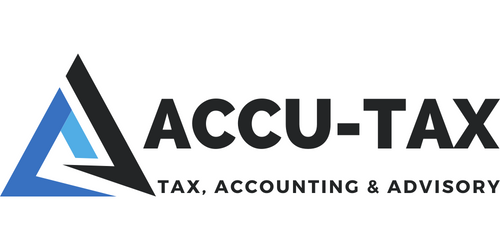Standard Deduction
Every taxpayer has the option of claiming the standard deduction or itemising deductions on IRS Schedule A. If your personal deductions (mostly home mortgage interest, real estate taxes, charitable donations, and medical costs) are less than the standard deduction, you should take the standard deduction. In 2018, the Tax Cuts and Jobs Act, a sweeping tax reform law, roughly doubled the standard deduction. Consequently, roughly 90 percent of all taxpayers, including senior citizens, take the standard deduction.
Those who are 65 or older by December 31 of the tax year are eligible for a higher standard deduction than those who are younger. You can only claim the increased deduction if your spouse is 65 or older and you file a joint tax return.
Medical and Dental Expenses
Medical and dental costs are frequently among the highest for retirees. Fortunately, if you itemise your personal deductions, some of these expenses are deductible. Health insurance premiums (including Medicare premiums), long-term care insurance premiums, prescription drugs, nursing home care, and the majority of other out-of-pocket healthcare expenses fall into this category.
Medical and dental expenses are deductible from your income taxes on Schedule A of your tax return if you itemise your deductions. They are, however, subject to an annual limit. The maximum deduction is 7.5% of a taxpayer’s adjusted gross income (AGI). As a result, only expenses exceeding 7.5% of a taxpayer’s AGI are deductible. For example, if a person’s AGI is $100,000, only medical and dental expenses in excess of $7,500 (7.5% x $100,000 = $7,500) are deductible.
Charitable Contributions
Retirement is a time when many people consider giving back to their community through charitable contributions. You can deduct up to $300 in charitable contributions as a “above the line” deduction without itemising under the Coronavirus Aid, Relief, and Economic Security (CARES) Act during 2021. Married couples filing jointly can deduct up to $600 in taxes. Contributions in excess of $300/600 are only deductible as itemised deductions and are subject to additional restrictions. The $300/$600 “above the line” charitable deduction is set to expire in 2021, so it will not be available in 2022 or later unless Congress extends it.
If you donate property other than cash to a qualified organisation, you can generally deduct the fair market value of the property. However, if the property’s value has increased, you may need to make some adjustments. However, if you donate a car, boat, or aeroplane, your deduction is generally limited to the gross proceeds from the charitable organization’s sale of the vehicle. If the claimed value of the donated vehicle exceeds $500, this rule applies.
Because charitable contributions are only deductible if you itemise, you may want to make all of your contributions in one year so that you can itemise. For example, you could make significant charitable contributions in one year and none in the following years.
Selling Your House
Retirees frequently sell their homes in order to downsize or move into retirement communities. If you’ve lived in your home for a long time, you probably have a lot of equity and will make a lot of money when you sell it. Fortunately, you may not have to pay any profit tax. The profit you make on the sale is not taxable if you live in your home for at least two of the five years before selling it—up to $250,000 for single taxpayers and $500,000 for married taxpayers filing jointly.
Retirement Plan Contributions
You can make tax-deductible contributions to retirement plans such as IRAs even if you are retired or semi-retired. Contribution limits for traditional IRAs, Roth IRAs, and 401(k)s are higher for those over the age of 50.
You could also contribute to a Roth IRA. You will pay taxes on the income you contribute now, but withdrawals will be tax-free when you retire. As a result, no tax is due on any interest or other income earned by your Roth IRA investments.
Retirees who own their own businesses can also set up SEP-IRAs, Simple IRAs, Keogh plans, and solo 401(k) plans, which have higher contribution limits for those over the age of 55.
Business Expenses
Many retirees keep running their own businesses or start new ones. Some retired employees, for example, work part-time as consultants for their former employers and other clients. Having a business (whether full-time or part-time) is a great way to save money on taxes. All necessary business expenses, such as business travel and the cost of business equipment such as computers, as well as outside or home offices, may be deducted from your business income if they are reasonable in amount. If your business suffers a loss, you may be able to deduct it from other sources of income, such as retirement income.

